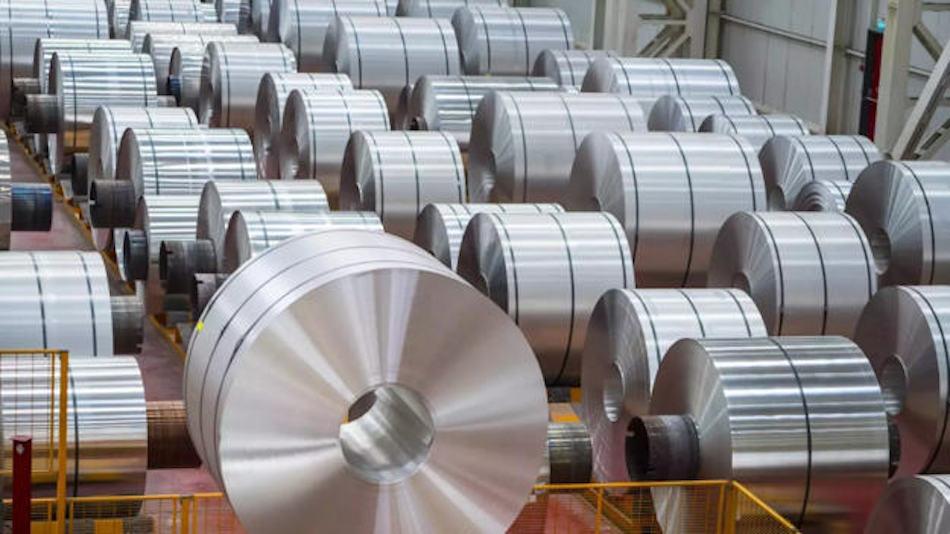
Forging Ahead: Overcoming Challenges in the Steel and Metals Industry
The steel and metals industry serves as the backbone of modern infrastructure, contributing to various
sectors like construction, manufacturing, and transportation. However, this sector is not without its
share of challenges. Fluctuating raw material costs, complex supply chains, and intense competition can
impact the efficiency and profitability of steel and metals companies. In order to thrive in this
dynamic landscape, embracing technology is essential
1. Price Volatility and Raw Material Costs
The steel and metals industry is highly susceptible to price volatility, with fluctuations in raw
material costs impacting profit margins and financial stability.
ERP systems equipped with advanced analytics and forecasting capabilities help steel and metals
companies analyze market trends, anticipate raw material price changes, and adjust pricing strategies
accordingly. By gaining insights into pricing trends, businesses can optimize procurement and inventory
management, mitigating the impact of price fluctuations.
2. Supply Chain Complexity
The steel and metals industry often involves complex supply chains, spanning multiple suppliers,
distributors, and manufacturers. Managing these intricate networks can lead to inefficiencies and
delays.
ERP software streamlines supply chain management by integrating all aspects of the supply chain onto a
single platform. This unified view enhances visibility, facilitates better communication, and allows for
real-time monitoring, ultimately leading to improved coordination and faster decision-making.
3. Quality Control and Traceability
Ensuring the quality of steel and metal products is of utmost importance. Inaccurate quality control
processes and inadequate traceability can lead to defective products and reputational damage.
ERP systems with quality control modules enable companies to establish stringent quality control
measures. These solutions automate inspection processes, track product quality throughout the production
cycle, and maintain detailed records for traceability, ensuring the delivery of high-quality products to
customers.
4. Inventory Management and Utilization
Managing inventory levels efficiently is a common challenge in the steel and metals industry. Excess
inventory ties up capital, while insufficient stock can lead to missed opportunities.
ERP software offers inventory management tools that optimize stock levels, reducing carrying costs and
preventing stockouts. Moreover, ERP systems provide insights into material utilization, helping
businesses identify areas for improvement and cost-saving opportunities.
5. Compliance and Regulatory Requirements
The steel and metals industry is subject to stringent environmental and safety regulations.
Non-compliance can result in penalties and damage to a company's reputation.
ERP systems equipped with compliance management modules help companies adhere to regulatory standards.
These solutions automate compliance checks, maintain records, and enable comprehensive reporting,
ensuring that businesses meet all required regulations.
Conclusion
The steel and metals industry faces a unique set of challenges that demand innovative solutions to stay competitive and thrive. Enterprise Resource Planning (ERP) solutions offer steel and metals companies the means to tackle these obstacles head-on. By utilizing ERP software to manage price volatility, optimize supply chains, enhance quality control, streamline inventory management, and ensure compliance, steel and metals companies can forge ahead with confidence, driving growth and success in this critical industry.